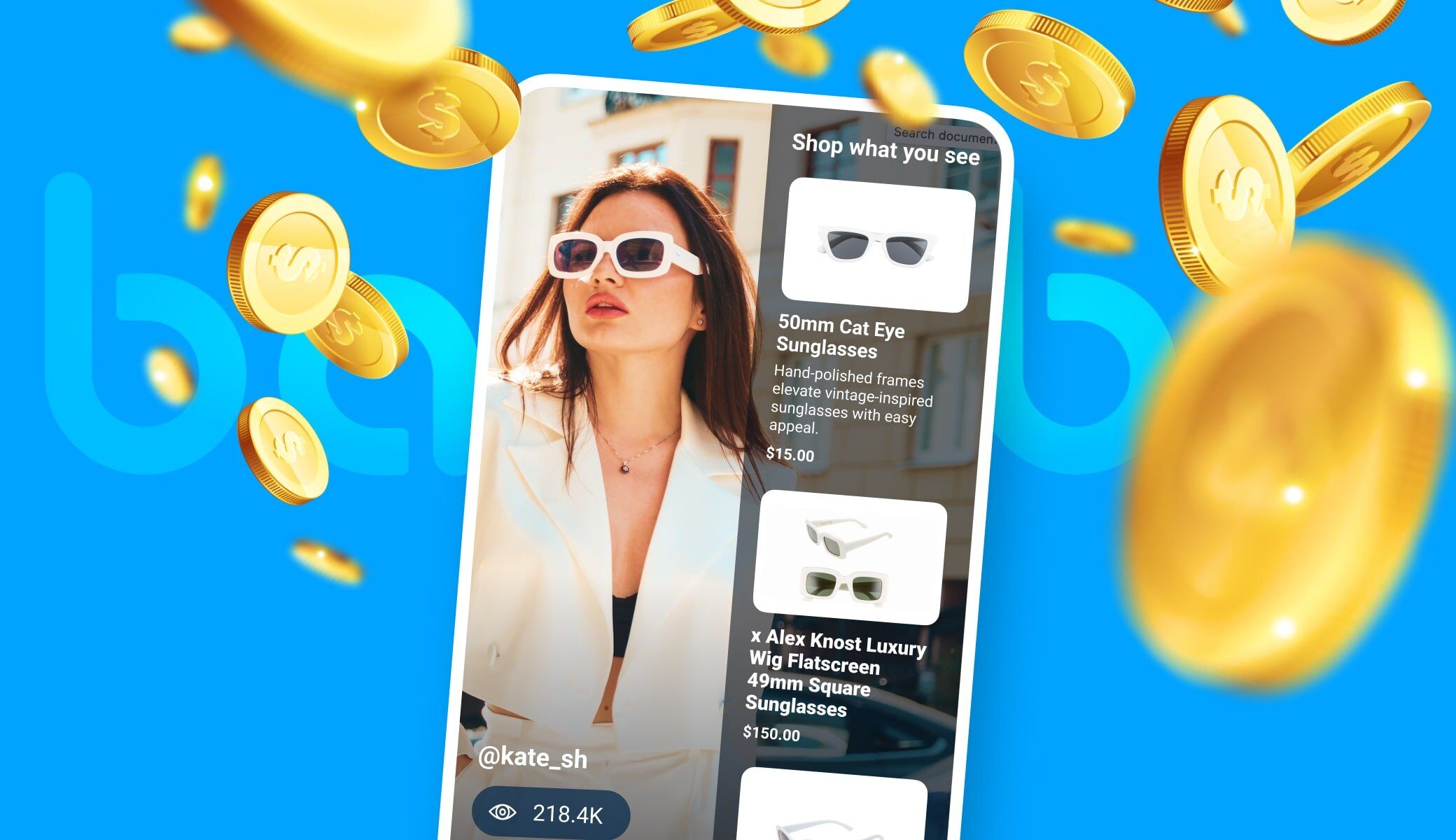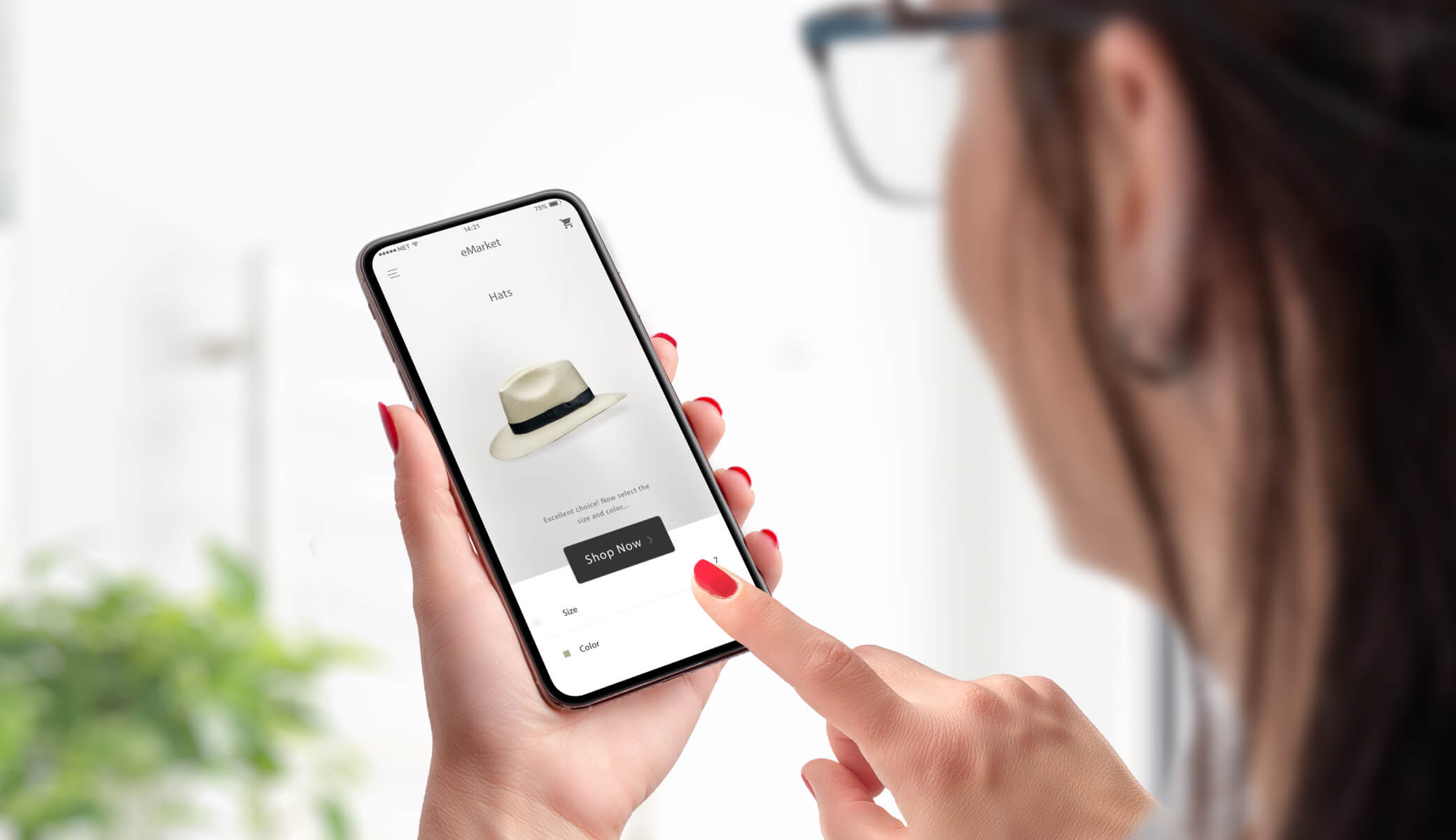Top 5 Ways to Grow Your Shopify Revenue
Whilst setting up your store is a huge milestone, the real work is driving high-quality traffic and continually growing your sales.
With almost 3 million live Shopify stores across the UK and US, the competition is fierce. So it’s important to understand and use the best strategies to stand out and grow.
In this article, we’ll explore the top five ways to grow your Shopify revenue, helping you to not only navigate challenges with ease, but put into practice the best techniques to turn your business into a thriving online store.


[navigation]
The following article was contributed by StoreLab. StoreLab is a Shopify Growth Service helping SMEs grow their online revenue through meta ads, mobile apps, and business coaching.
Whilst setting up your store is a huge milestone, the real work is driving high-quality traffic and continually growing your sales.
With almost 3 million live Shopify stores across the UK and US, the competition is fierce. So it’s important to understand and use the best strategies to stand out and grow.
In this article, we’ll explore the top five ways to grow your Shopify revenue, helping you to not only navigate challenges with ease, but put into practice the best techniques to turn your business into a thriving online store.
Utilize social commerce
It’s very likely that as a Shopify store owner, you already use social media to gain exposure, promote your brand, and showcase your products and offerings.
However, social commerce is evolving - it’s no longer just about driving traffic to your website.
With the rise of Instagram, TikTok and the like for product recommendations and inspiration, there’s now a huge focus on facilitating and enhancing the shopping experience directly within these social platforms.
Many platforms offer shoppable post features that allow customers to buy directly from your content. This means they can simply click on and purchase something featured in one of your posts, removing the need to open a new browser, visit your website, and manually search for the product.
With interactive/shoppable videos being proven to boost conversion rates up to 70%, they’re going to be one of the best channels for expanding your reach and growing your Shopify store.

Get a mobile app for your Shopify store
With 79% of traffic to Shopify stores coming from mobile devices, customer preferences are obvious
However, mobile websites often have limitations, such as slow load times, difficult navigation, and a lack of personalized experiences, which can frustrate your customers.
Additionally, people may find it inconvenient to have to repeatedly access your store through a browser because they have to manually search for it and log in to their account each time.
To ensure you’re providing the best possible experience on mobile devices, you need to be mobile-first, not just mobile-optimized.
On average, mobile apps have a 157% higher conversion rate than mobile websites.
That’s because mobile apps provide customers with a convenient, on-the-go shopping experience directly from their smartphones, allowing them to browse, make purchases, and receive updates in a faster, more intuitive manner.
A well-designed mobile app also offers features like push notifications, easy navigation, and a streamlined checkout process. Working together, these features can reduce abandoned carts, encourage repeat visits, and enhance customer satisfaction.
If you want to grow your Shopify store through a mobile app, then services such as StoreLab can help. Both of their mobile app plans include a fully designed, personalised, and customizable iOS & Android mobile app for your store, helping you to boost sales, increase AOV, and drive customer loyalty.

Refine your SEO strategy
If you want your Shopify store to grow, then shoppers need to be able to find you organically (i.e. through ways other than paid ads).
Having a solid SEO (search engine optimization) strategy will determine where you appear in search results, and therefore, how easily customers can find you. With 75% of internet users not even looking past the first page of their search results, increasing your rankings is crucial to attract more visitors and buyers.
By refining your site’s SEO, you can improve its relevance and authority in the eyes of search engines such as Google:
- Blog content. By consistently producing engaging, relevant, and valuable content, you can boost your site’s SEO quality by positioning your store as a solution to customers’ queries.
- Site speed. Ensuring that your website’s speed is up to scratch will signal to search engines that your pages are high-quality, which can boost rankings.
- Keywords. Optimise your Shopify store’s content around keywords relevant to your brand’s niche so that you can drive more interested traffic.
- Backlink strategies. Implement ethical and effective backlink strategies such as link-building outreach to get high-quality, authoritative links from reputable websites.
- On-page SEO. Focus on optimising keywords in titles, alt tags, and meta descriptions. This helps search engines to understand your content and improves user experience.
Bonus: SEO is one of the most cost-effective ways to grow your Shopify store because you can do the majority of the work yourself, alongside tools such as SEMrush, Neil Patel’s Ubersuggest, and Google Analytics.
Invest in digital advertising
Relying solely on organic traffic can limit your reach, especially in a competitive market. Although both organic and paid traffic are important, organic growth can be slow and may not provide the immediate boost needed to attract a large audience quickly.
Similarly, taking the top organic spots on Google is great, but paid ads will always remain at the top of search results.
Paid advertising comes in various forms:
- Google Shopping: These are product-based ads that appear in search results, showcasing your offerings, prices, and brand, providing a more visual way for shoppers to find and compare products.
- Paid Social: Ads that appear on social media platforms like Facebook, Instagram, Twitter, LinkedIn, and TikTok. They can come in various formats including images, videos, or carousels, and allow you to target specific people based on demographics, interests, and behaviours.
- Pay-Per-Click (PPC):. A form of online advertising where you pay a fee each time their ad is clicked. They are often used to drive traffic to websites and landing pages, with costs determined by keyword competitiveness and ad quality.
The key is to find which type of paid advertising works best for your individual Shopify store. But as long as you’re making more than you’re spending, it will pay off. So stay committed, keep learning, and don’t be afraid to experiment with new digital advertising strategies.
Add plugins to your store
Running a Shopify store can be time-consuming, with challenges such as managing inventory, optimising customer interactions, processing payments, and marketing your products efficiently.
Struggling to keep up with these demands means you could miss out on opportunities for growth.
By adding plugins to your Shopify store, you can automate repetitive tasks, improve website functionality, and offer a better customer experience. For example, you can integrate email marketing tools, payment gateways, customer service chatbots, and analytics platforms.
Plugins are also a great way to add unique features to your Shopify store and stand out from competitors.
For example, AR/VR plugins have revolutionised mobile commerce by providing customers with immersive shopping experiences, where they can visualise products in their own environment before making a purchase.
Augmented reality has proven to drive 200% more engagement, the main goal being to reduce uncertainties when shopping online.
Some of the most popular AR/VR plugins for Shopify stores include:
- TINT: a cutting-edge viral makeup try-on tool.
- Angle 3D Configurator. A unique and immersive shopping experience that allows your customers to interact with products in a 3D space.
- Spin Studio. An app that creates interactive, animated 360° images of products, providing customers with a comprehensive view that mimics examining a product in a physical store.

Final Thoughts
Growing your Shopify store requires more than just setting up an online presence. It involves continuous effort, strategic planning, and the willingness to adapt to the ever-evolving ecommerce trends.
But by focusing on driving high-quality traffic, effectively promoting your store, and using the best tools and strategies available, you can set your business on the path to success.
Remember, every step you take towards growing and improving your store - whether it’s engaging with customers on social media, investing in paid advertising, or creating a Shopify mobile app - brings you closer to your goals.




